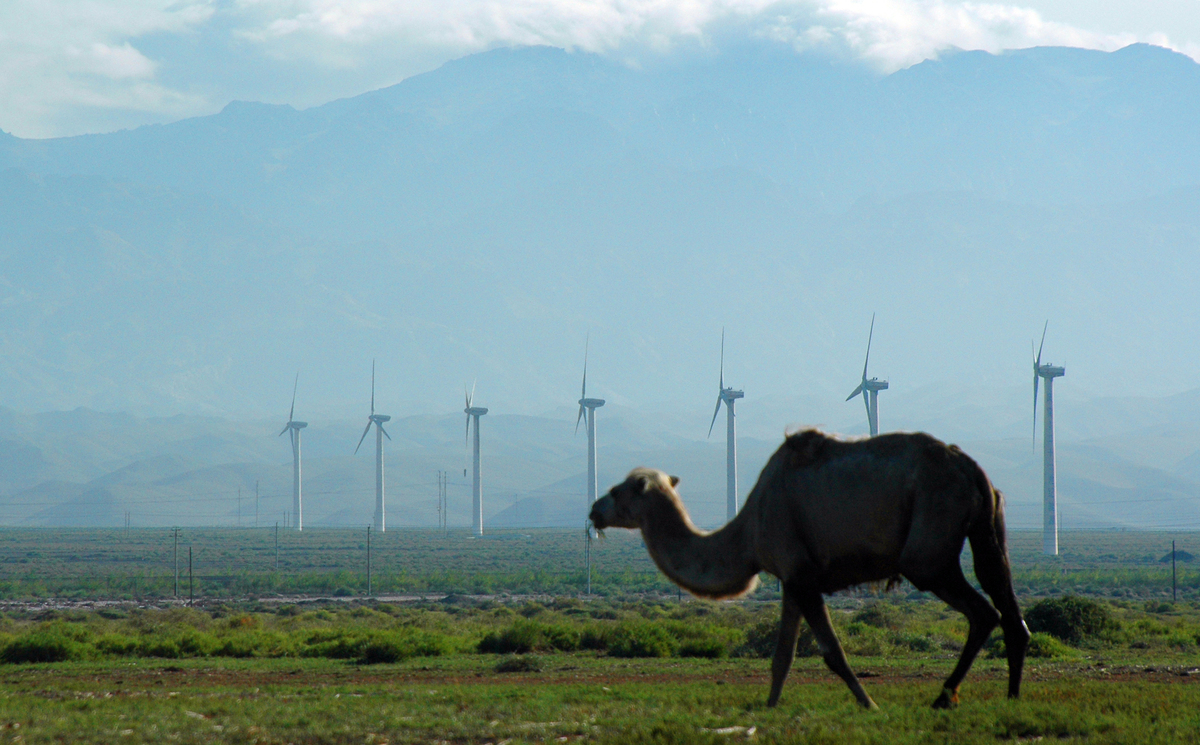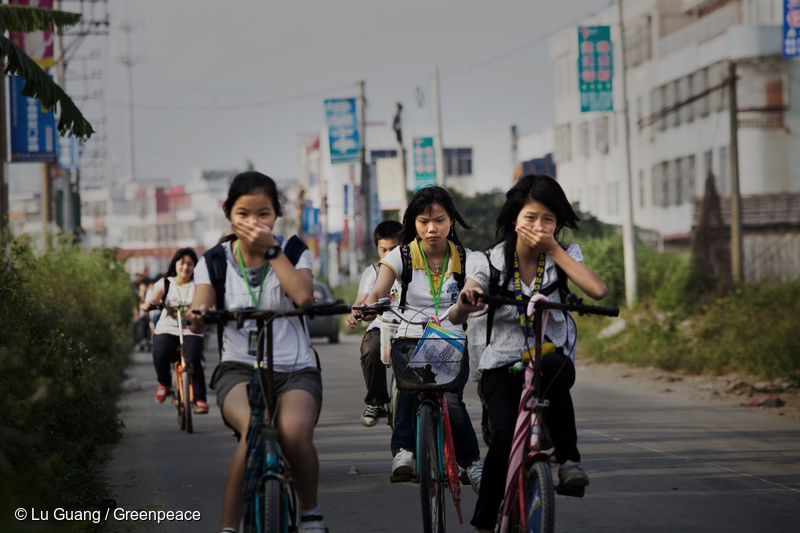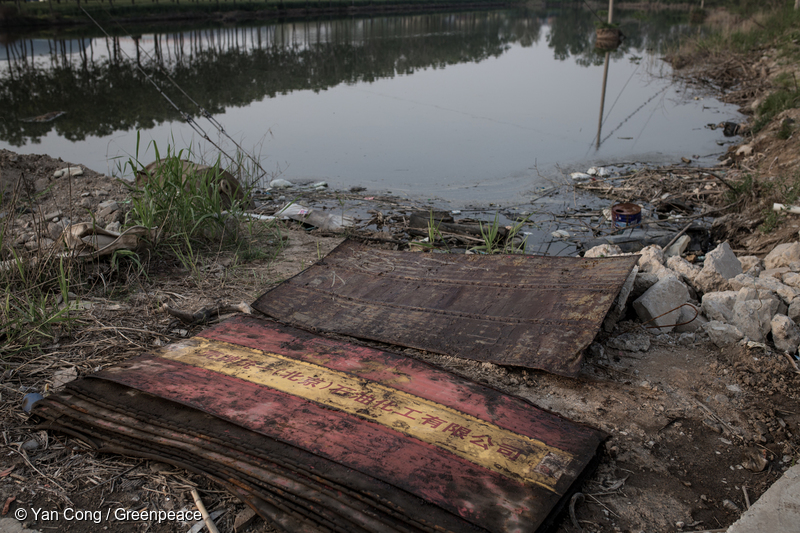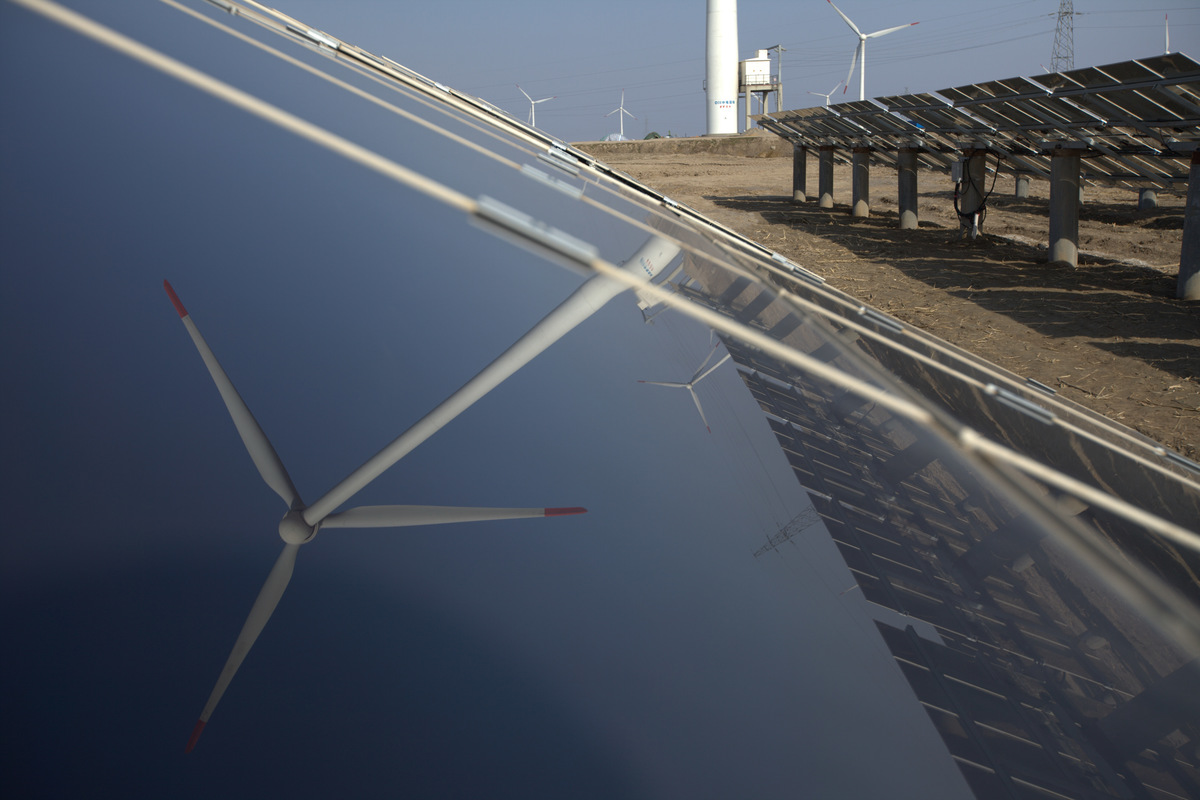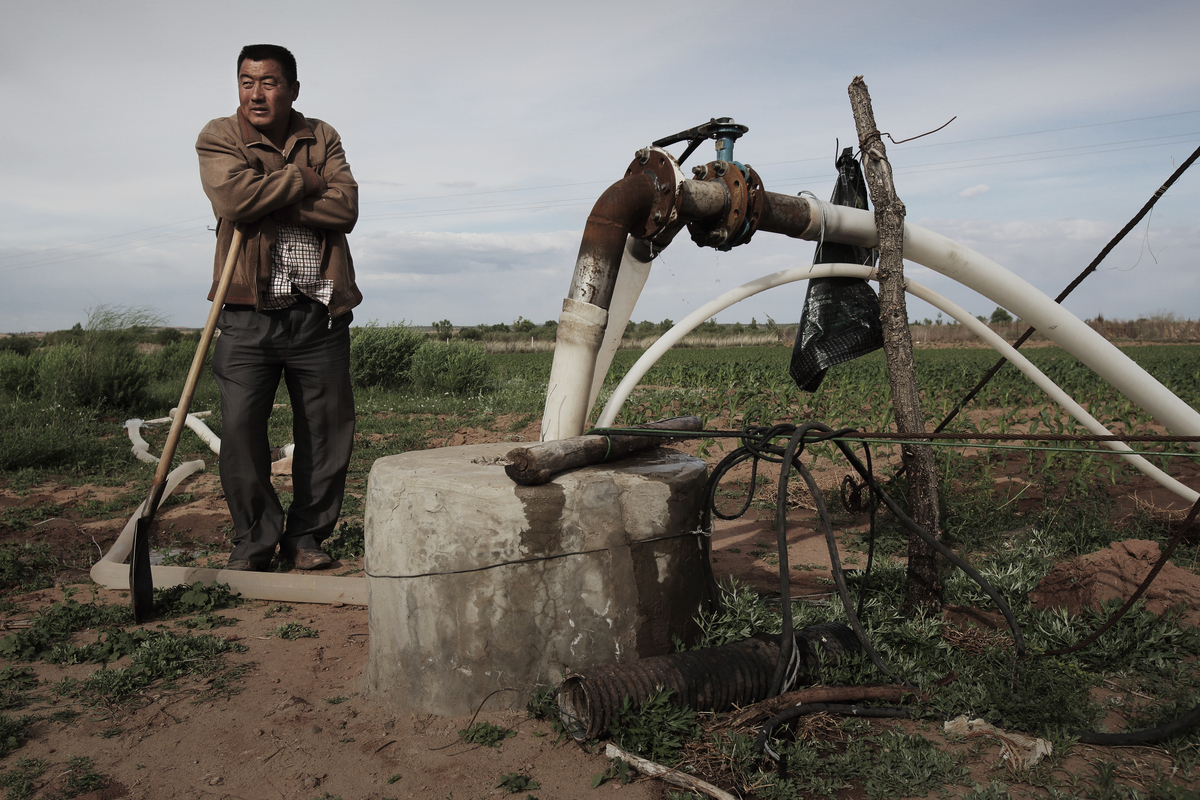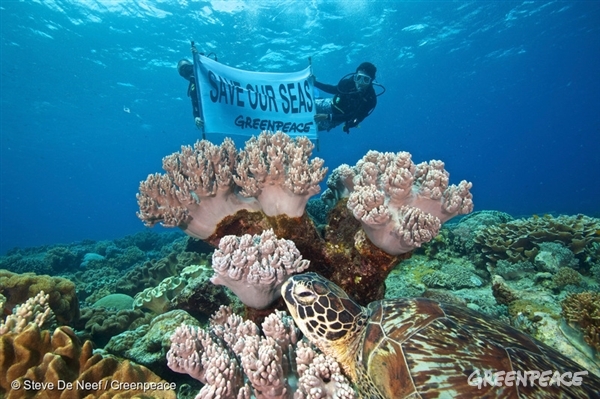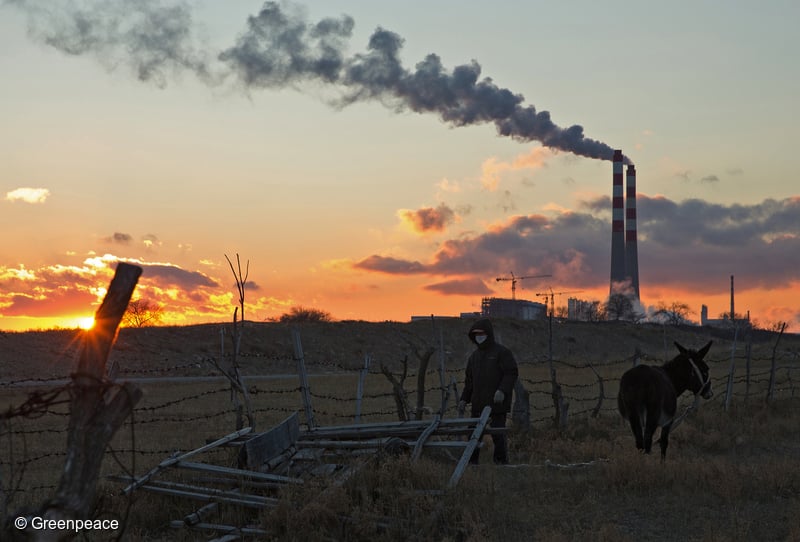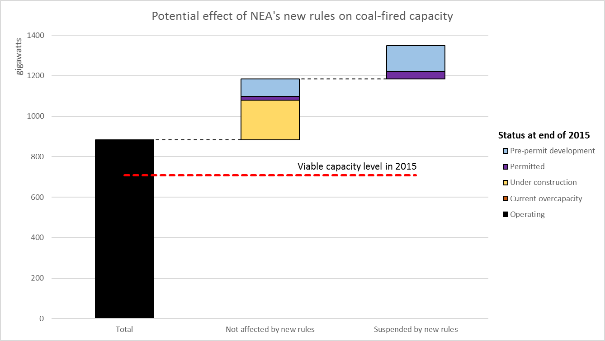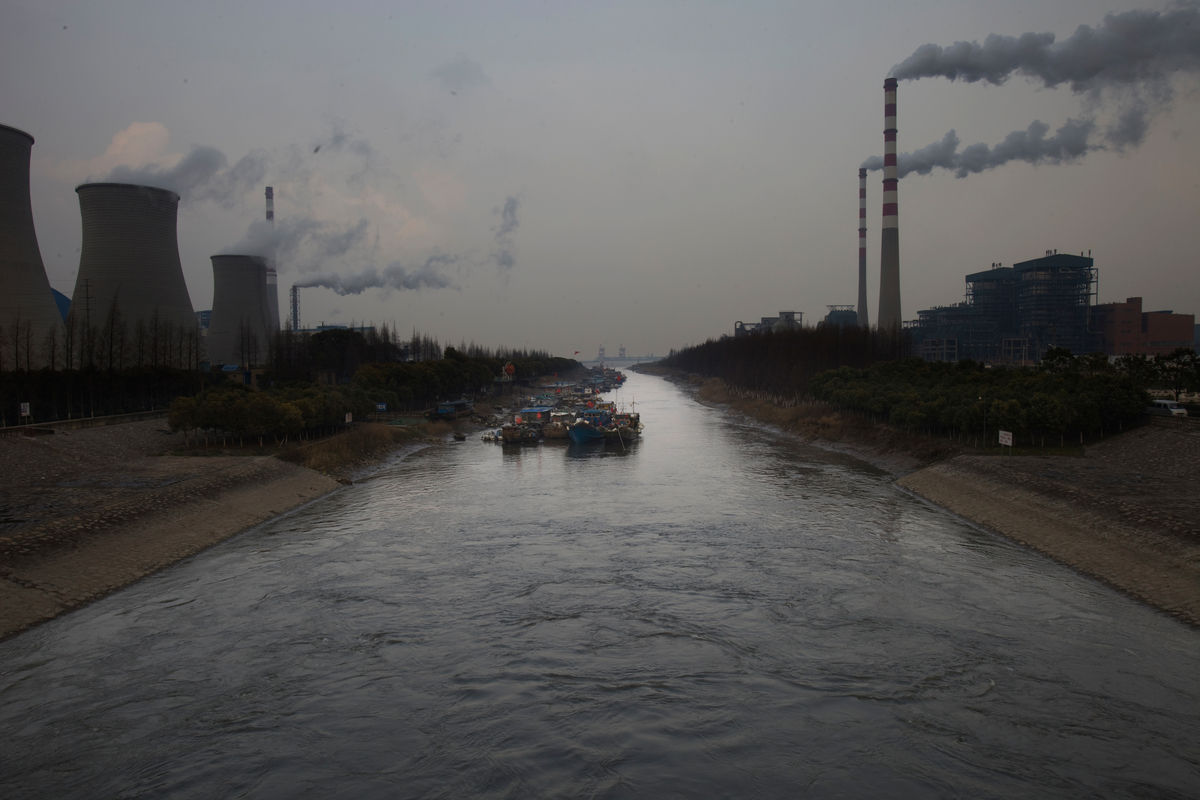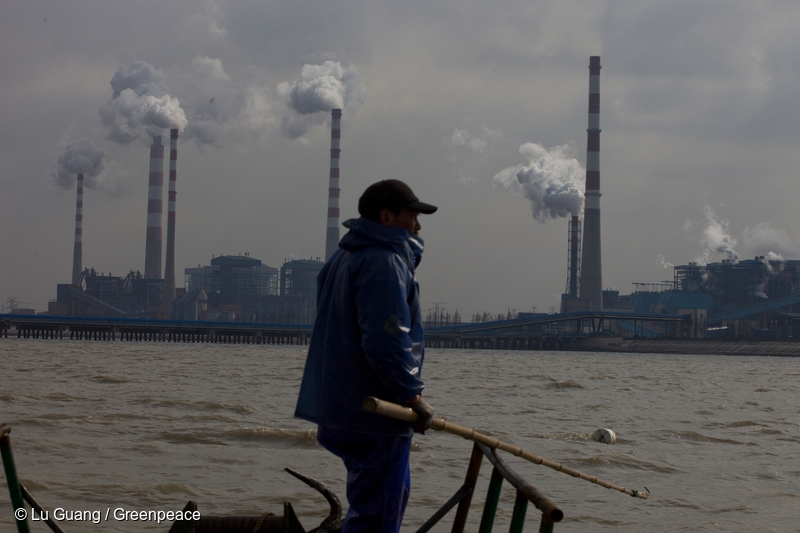-
China’s air pollution problem is heading west
The data is in, and at first glance it looks like good news. China’s air quality has improved overall, but much of its less developed middle and western cities have seen marked increases in PM2.5 levels.
-
As eastern China’s air quality improves rapidly, 69 cities in central and western China see air quality deteriorating – Greenpeace
Beijing, 20 April, 2016 – Greenpeace East Asia’s city rankings for the first quarter of 2016 show significant improvements in average air quality in 362 cities across the country. The improvements are particularly rapid in eastern China’s three ‘key regions’. [1] However, air quality in more than 85% of cities failed to meet national standards.…
-
Pollution linked to cases of cancer in Changzhou middle school – Greenpeace response
Beijing, 18 March, 2016 – The news that nearly 500 pupils in Changzhou Foreign Languages School have fallen ill, some diagnosed with cancer, most likely due to extremely high levels of groundwater and soil pollution in the school’s vicinity, is yet another reminder of the seriousness of China’s hazardous chemical pollution. Moreover, the fact that…
-
Data shows China’s economy is breaking free from coal – Greenpeace
Beijing, 15 April, 2016 - A trove of data on economic performance in the first quarter of 2016, released by China’s National Bureau of Statistics this morning, shows that while China’s overall economy saw some improvement, coal use and CO2 continue to fall. Electricity consumption grew 3% year on year, but growth in non-fossil energy…
-
More than 80% of shallow groundwater wells in China unfit for human use, Greenpeace reaction
Beijing, 12 April, 2016 – Yesterday's announcement from China’s Ministry of Water Resources (MWR) that more than 80% of tested shallow groundwater wells in China are polluted and unfit for human use is another stark warning of the extent of groundwater pollution in China.
-
China should seek inspiration from Paris to reign in our lawless ocean
Out of sight, but thankfully not out of mind, this week global negotiators are discussing how to protect our ocean’s much-abused ecosystems. In particular, they will be discussing how to…
-
Boom and Bust 2016
The world has too many coal-fired power plants, yet the power industry continues to build more. While the amount of electricity generated from coal has declined for two years in a row, the industry has ignored this trend and continues to build new coal-fired generating plants at a rapid pace, creating an increasingly severe capacity…
-
China begins to suspend coal-fired power plant approvals, Greenpeace response
Beijing, 24 March, 2016 - Chinese media today reported that the country’s National Energy Administration (NEA) has ordered 13 provincial governments to suspend approvals of new coal-fired power plant projects until the end of 2017. [1] Another group of 15 provinces has been ordered to delay new construction of projects that have already been approved.…
-
45% of China’s coal-fired power plants in areas of ‘water over-withdrawal’, Greenpeace
Beijing, 22 March, 2016 – 45% of coal-fired power plants in China are located in areas of ‘water over-withdrawal’, a ground-breaking Greenpeace study of the coal industry’s impact on the global water crisis shows. Every year these power plants consume quantities of water equivalent to the basic requirements of 186 million people. Moreover, 48% of…
-
How the Coal Industry is Aggravating the Global Water Crisis
In its Global Risks Report 2015, the World Economic Forum stated “water security is one of the most tangible and fastest-growing social, political and economic challenges faced today.”1 Out of all industrial production, the coal industry represents one of the greatest demands on fresh water resources. The entire coal supply chain, including extraction, washing, coal-fired…

